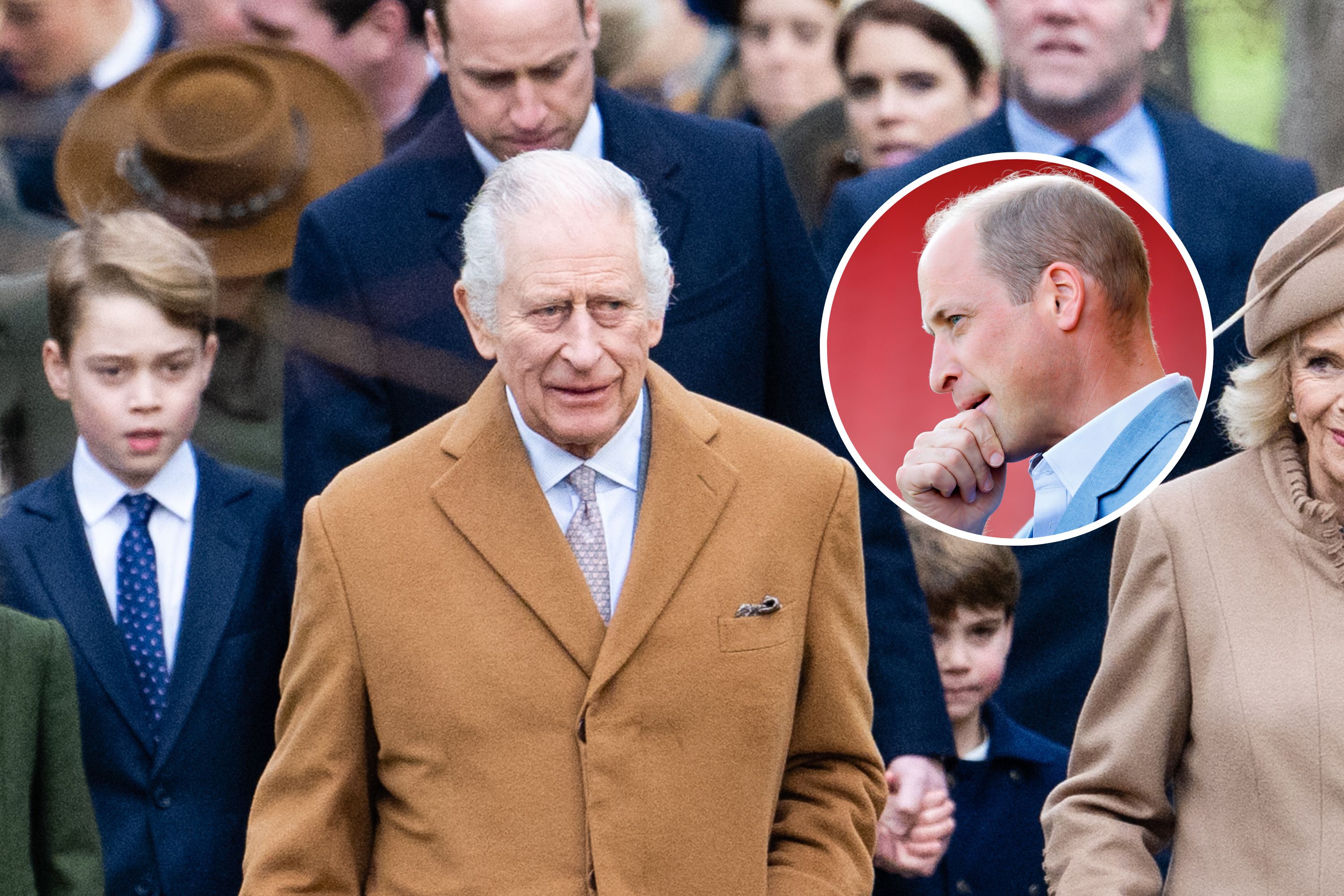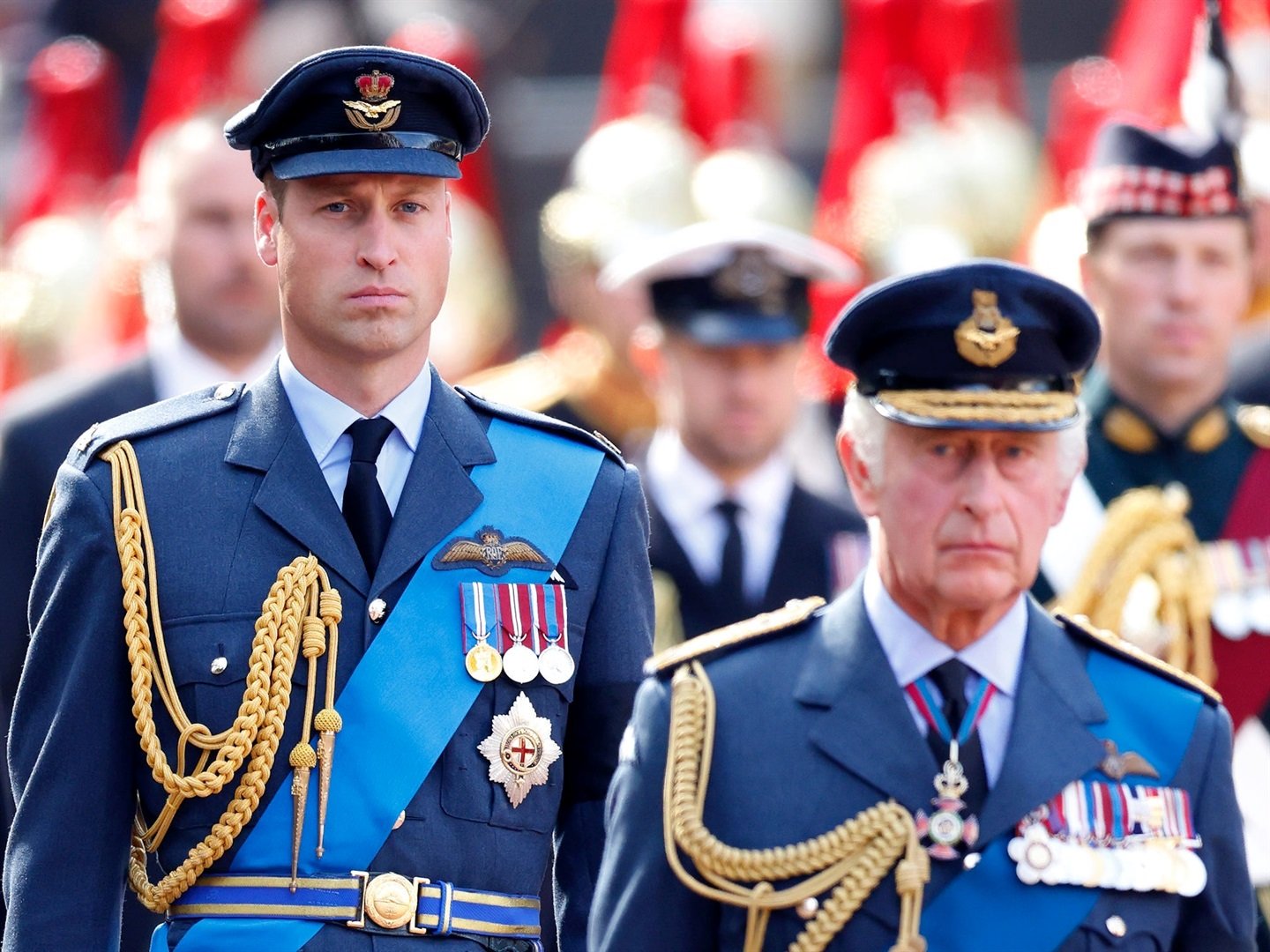As the British monarchy enters a new era under King Charles III, the world watches closely as Prince William steps into an increasingly significant role within the royal family. The transition from Queen Elizabeth II to King Charles III marks a pivotal moment in history, with Prince William poised to continue the legacy of service and modernization. This article delves into the lives, responsibilities, and evolving roles of King Charles and Prince William, highlighting their contributions to the monarchy and society.
The relationship between King Charles and Prince William is not only one of familial bonds but also of shared duties and aspirations for the future of the monarchy. As King Charles takes on the mantle of leadership, Prince William is emerging as a beacon of hope and continuity for the younger generation. Their combined efforts aim to bridge tradition with modernity, ensuring the monarchy remains relevant in today's rapidly changing world.
Through this exploration, we will examine the biographies of both King Charles and Prince William, their public service, philanthropic endeavors, and the challenges they face in maintaining the monarchy's relevance. This article aims to provide a comprehensive understanding of their roles and the impact they have on the global stage.
Read also:Mc Hammer Trousers A Fashion Icon That Defined An Era
Table of Contents
- Biography of King Charles III
- Biography of Prince William
- The Transition of the Monarchy
- Roles and Responsibilities
- Philanthropy and Public Service
- Challenges Facing the Monarchy
- Media Impact and Public Perception
- Building a Legacy
- The Future of the Monarchy
- Conclusion
Biography of King Charles III
Born on November 14, 1948, King Charles III is the eldest son of Queen Elizabeth II and Prince Philip, Duke of Edinburgh. He was officially titled as the Prince of Wales and held various other titles throughout his life before ascending to the throne in September 2022.
Early Life and Education
King Charles III spent his early years in the public eye, receiving an education that prepared him for his future role. He attended Cheam School, Gordonstoun School, and later studied archaeology, anthropology, and history at Trinity College, Cambridge. His education reflects a deep interest in culture and history, which has influenced his approach to leadership.
Below is a summary of King Charles III's personal information:
| Full Name | Charles Philip Arthur George |
|---|---|
| Date of Birth | November 14, 1948 |
| Place of Birth | London, England |
| Spouse | Camilla, Queen Consort |
| Children | Prince William and Prince Harry |
Biography of Prince William
Prince William, Duke of Cambridge, was born on June 21, 1982, to Charles, Prince of Wales, and Diana, Princess of Wales. As the elder son of King Charles III, Prince William is second in line to the British throne.
Education and Career
Prince William pursued a diverse education, attending Eton College and later studying geography at St Andrews University, where he met his future wife, Catherine Middleton. After completing his studies, Prince William served in the British Armed Forces, gaining valuable experience that has shaped his leadership style.
Below is a summary of Prince William's personal information:
Read also:Lily Philips 100 Guys The Ultimate Guide To Her Journey Impact And Success
| Full Name | William Arthur Philip Louis |
|---|---|
| Date of Birth | June 21, 1982 |
| Place of Birth | Paddington, London, England |
| Spouse | Catherine, Duchess of Cambridge |
| Children | Prince George, Princess Charlotte, Prince Louis |
The Transition of the Monarchy
The transition from Queen Elizabeth II to King Charles III marked a significant moment in British history. As the longest-serving monarch, Queen Elizabeth set a high standard for dedication and service, which King Charles and Prince William strive to emulate.
Key aspects of the transition include:
- King Charles III's coronation and the establishment of new royal protocols.
- Prince William's increasing responsibilities as the heir apparent.
- Efforts to modernize the monarchy while preserving its traditions.
Roles and Responsibilities
King Charles III's Role
As the reigning monarch, King Charles III is responsible for upholding the constitutional duties of the monarchy. He works closely with government officials and represents the United Kingdom on the global stage. Additionally, King Charles continues to champion causes he has supported throughout his life, such as environmental sustainability and the arts.
Prince William's Role
Prince William's responsibilities include supporting King Charles III in official engagements and leading initiatives focused on mental health, conservation, and youth development. His work with organizations like the Earthshot Prize demonstrates his commitment to creating a better future for generations to come.
Philanthropy and Public Service
Both King Charles and Prince William are deeply involved in philanthropy and public service. Their efforts aim to address pressing issues such as climate change, mental health, and social inequality. By leveraging their platforms, they strive to inspire positive change and foster a sense of community.
Key Initiatives
- The Prince's Trust, founded by King Charles, provides support for young people facing challenges.
- The Earthshot Prize, spearheaded by Prince William, rewards innovative solutions to environmental problems.
Challenges Facing the Monarchy
The monarchy faces several challenges in maintaining its relevance and addressing public scrutiny. Issues such as media scrutiny, financial transparency, and adapting to modern societal values are at the forefront of these challenges.
Addressing Media Scrutiny
King Charles and Prince William navigate the complexities of media attention with grace and transparency. By engaging directly with the public and fostering open communication, they aim to build trust and understanding.
Media Impact and Public Perception
The media plays a crucial role in shaping public perception of the monarchy. Both King Charles and Prince William understand the importance of maintaining a positive relationship with the press while protecting their privacy and that of their families.
Strategies for Positive Engagement
- Hosting press conferences and interviews to share their perspectives.
- Utilizing social media platforms to connect with a broader audience.
Building a Legacy
King Charles and Prince William are committed to building a lasting legacy that reflects their values and contributions. Through their work, they aim to leave a positive impact on society and ensure the monarchy remains a source of pride for future generations.
Legacy Goals
- Promoting sustainability and environmental stewardship.
- Supporting mental health awareness and advocacy.
The Future of the Monarchy
As King Charles and Prince William continue to shape the future of the monarchy, they focus on innovation and adaptability. Their vision for the monarchy includes embracing technology, fostering inclusivity, and addressing the needs of a globalized world.
Looking Ahead
With Prince William set to inherit the throne, the monarchy is poised for a new chapter. His leadership, coupled with the wisdom of King Charles, ensures a smooth transition and continued relevance for the institution.
Conclusion
In conclusion, the relationship between King Charles III and Prince William exemplifies a harmonious blend of tradition and modernity. Their dedication to public service, philanthropy, and innovation sets a positive example for the monarchy's future. We encourage readers to engage with this content by leaving comments, sharing the article, and exploring other resources on the royal family.
For further reading, consider exploring official royal websites and reputable news sources to stay informed about the latest developments within the monarchy. Together, we can support the continued evolution and success of this storied institution.


